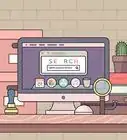This article was co-authored by wikiHow staff writer, Jessica Gibson. Jessica Gibson is a Writer and Editor who's been with wikiHow since 2014. After completing a year of art studies at the Emily Carr University in Vancouver, she graduated from Columbia College with a BA in History. Jessica also completed an MA in History from The University of Oregon in 2013.
There are 8 references cited in this article, which can be found at the bottom of the page.
This article has been viewed 6,564 times.
Learn more...
Gas fitters are an in-demand job with great hiring prospects since they install and repair natural gas lines. They're also called gas engineers, gas technicians, or gas plumbers. Since gas fitters are always in demand, there are great opportunities for job security and growth. Want to learn more? Read our answers to the most-asked questions about becoming a gas fitter.
Steps
What qualifications and skills do gas fitters need?
-
1You must be at least 18 and have a high school degree. Although the qualifications are different for each state, you need a high school degree in order to train as a gas fitter. Some states allow you to have a GED or high-school equivalent if you don't have a traditional high school degree.[2]
- It's also important to learn your state's gas fitting requirements since some don't allow people with criminal convictions to train.
- You'll probably need your driver's license, too, since you'll most likely be driving to job sites.
-
2Gas fitters need mechanical, communication, and troubleshooting skills. If you love working with drills, saws, and welding torches, you're on the right track! Gas fitting is a physically demanding job and you need to be skilled in pipe systems—cutting pipes, installing, and repairing them. If you'd like to learn these skills before an apprenticeship, take courses at a vocational-technical school. Since you'll be working with customers, you also need good communication skills—take the time to listen and ask for feedback when you work with others.[3]
- You can take vocational-technical courses online or check your community for vocational-technical schools. Community colleges may also offer courses that teach you skills you need for gas fitting.
- Communication skills are especially important if you choose to work as an independent gas fitter. You'll need to give bids on jobs, set up work schedules, and direct your staff.
What education and training do you need to be a gas fitter?
-
1Complete an apprenticeship with a gas company. Check online for local companies and call them to find out if they're accepting apprentices. Some may even list this information on their website. If accepted, you'll get around 2,000 hours of paid on-the-job training each year for 4 to 5 years. You'll also get instruction from the company on safety, regulations, and how to study blueprints.[4]
- Some gas companies work with vocational schools where you'll learn the technical side as well as math, applied physics, and chemistry.
- Ask questions while you're working as an apprentice since this is the best way to pick up skills and training.
-
2Take additional courses at a vocational-technical school. Check your state's education requirements since they vary. Your state might require that you complete coursework on safety and gas delivery, pipe design, using welding tools, or composing work reports, for instance.[5]
- In some cases, your state will let you learn this as part of your apprenticeship, but it's a good idea to check state requirements first.
- Courses on gas fitting can take 1 to 3 years to complete.
How do I get certified as a gas fitter?
-
1Determine your state's requirements and fill out an application. Check the online certification portal for your state or country—this is usually a government-operated website. You'll fill out an application for a journeyman gas fitter's license. This includes your training information and educational background.[6]
- Some state applications will ask you to submit documentation like your grades.
-
2Pass a state-qualifying test. The name of the licensing test is different everywhere. Some regions run the test through a government agency while others administer them through private companies. You'll need to pay a fee that's usually around $116 and you'll have 2 1/2 hours to take the multiple-choice exam online or at an in-person testing location. Once you pass, the state will issue your gas fitting license.[7]
- The test covers topics like hydronics, air conditioning, mathematics, welding, tools, and safety.
- To pass the test, you need to get a grade of 75% or higher. You can re-take the test if you don't pass, but you'll have to pay the test fee again.
References
- ↑ https://youtu.be/yiz3uEH2uLA?t=15
- ↑ https://candidate.psiexams.com/bulletin/display_bulletin.jsp?ro=yes&actionname=83&bulletinid=125&bulletinurl=.pdf
- ↑ https://www.bls.gov/ooh/construction-and-extraction/plumbers-pipefitters-and-steamfitters.htm#tab-4
- ↑ https://www.bls.gov/ooh/construction-and-extraction/plumbers-pipefitters-and-steamfitters.htm#tab-4
- ↑ https://nationalitc.com/become-a-gas-fitter-and-make-new-connections/
- ↑ https://www.technicalsafetybc.ca/certification/gas/gas-certification
- ↑ https://nationalitc.com/wp-content/uploads/Exhibit-3-Rev-Candidate-Bulletin-NITC-Journel-Level.pdf
- ↑ https://www.bls.gov/ooh/construction-and-extraction/plumbers-pipefitters-and-steamfitters.htm#tab-5
- ↑ https://www.bls.gov/ooh/construction-and-extraction/plumbers-pipefitters-and-steamfitters.htm#tab-6
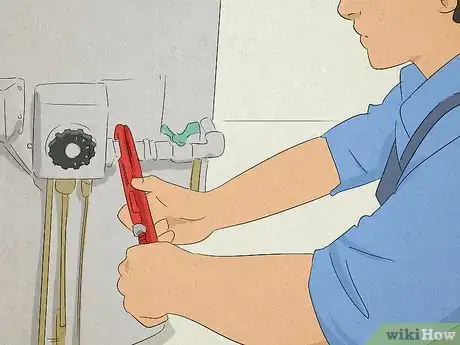
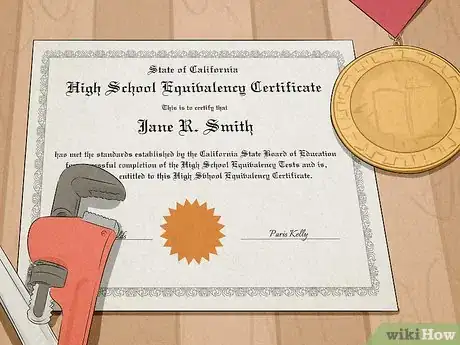
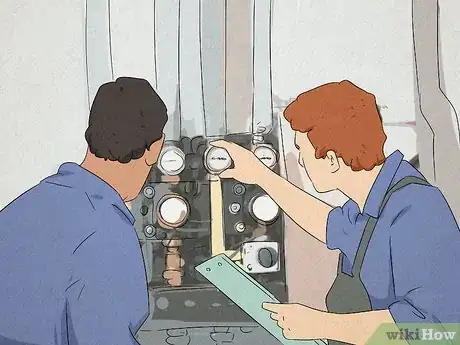

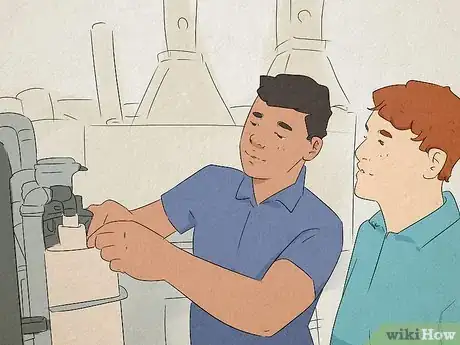




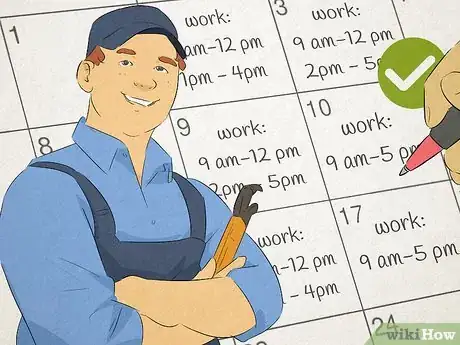
-Step-9.webp)

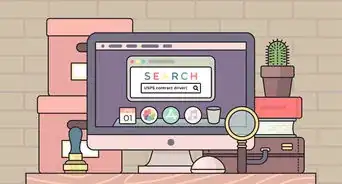









-Step-20.webp)


-Step-9.webp)

